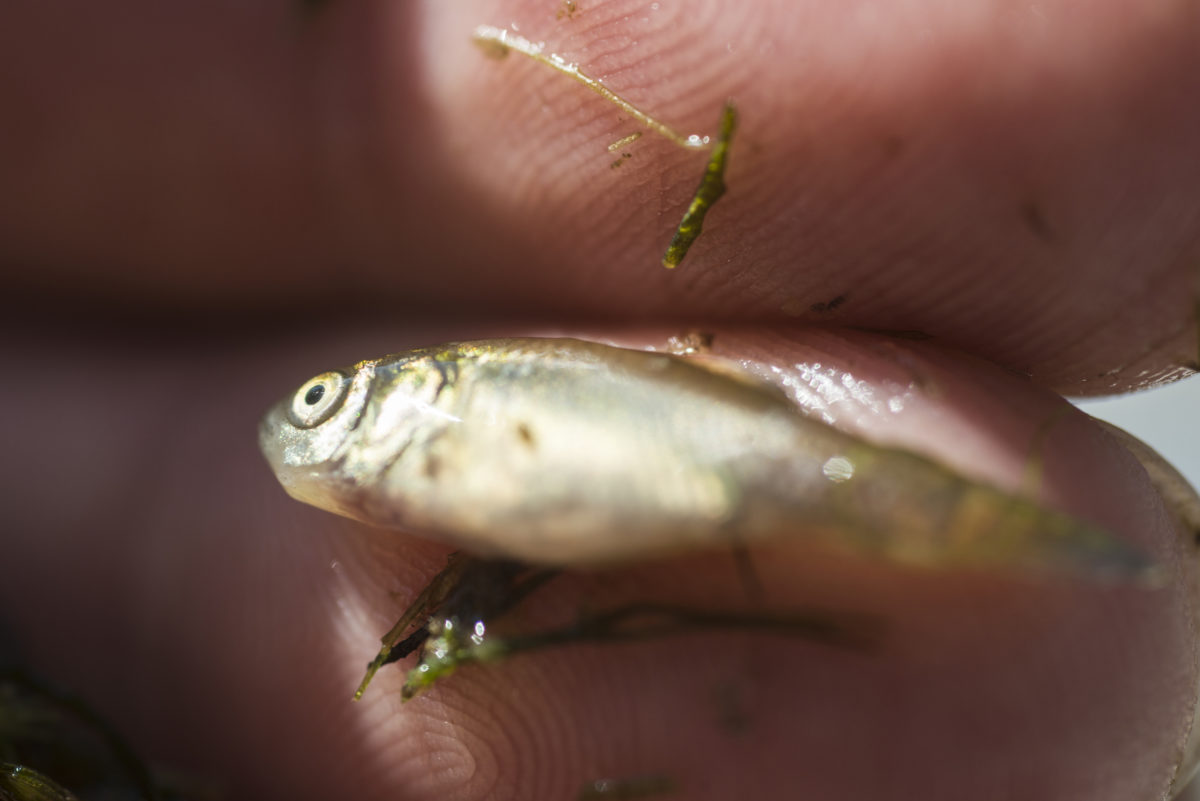By: Han Nguyen

My name is Han Nguyen and I am a rising junior majoring in Chemistry with a concentration in Biochemistry. This is my first summer participating in the OSCAR Summer Team Impact Project. Prior to participating in this program, I had never conducted a scientific study that is laboratory based or really gotten into the field to collect samples. Hence, what I have been doing in the past two months has been very fascinating because of the luring attraction of “not knowing what I am doing” if that makes sense. Under the supervision of both Dr. Gregory Foster and Dr. Dann Sklarew, I am currently working with another OSCAR student and a high school volunteer on the microplastics team to determine the presence and abundance of microplastics in the aquatic ecosystems of the tidal freshwater Potomac River. I specifically conduct a scientific research to determine the concentrations of microplastics within the environment (i.e., surface water, sediment, stream) and learn more about the relationship between them and population density.
We know that plastic or microplastics contaminating the oceans is one of the world’s growing concerns, but there are things about microplastics that remain understudied. This includes fate, behavior, and effects of microplastics in freshwater. This is why when OSCAR’s microplastics research theme arose, I could not wait to join this amazing team.

So far this summer my team and I have been doing a lot of field work and processing our collected samples for microplastics quantification. We were very excited to have access to the new manta net designed specifically to sample microplastics that PEREC got this year. I have mainly worked on processing rough samples and dealing with reaction-related tasks, and my teammates would handle the counting and computer work. But, of course we always look out for each other. As we are done with sampling, my team and I now spend most of our time in the lab together examining microplastics through a dissecting microscope. We could not be more excited to present our results to and interact with general and academic audiences at OSCAR Summer 2019 Celebration of Student Scholarship and Impact.
Researching microplastics in the environment is a long-term task and quite challenging, but here with OSCAR initiating this line of research at the Potomac Science Center I am very grateful to OSCAR and my mentors for the opportunities and guidance.

